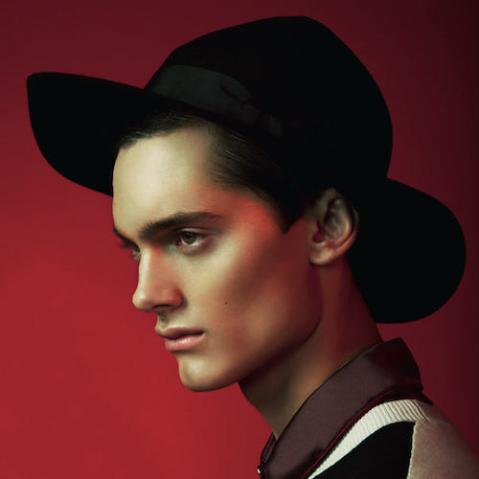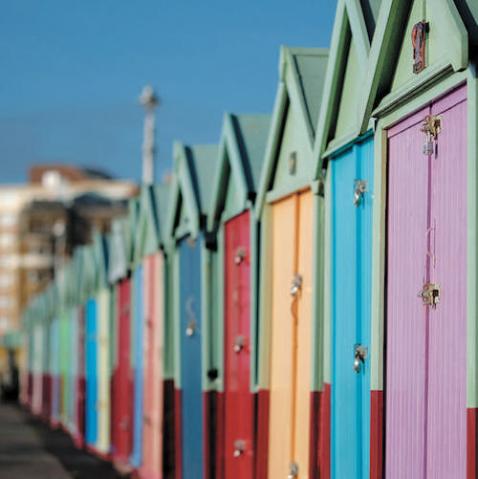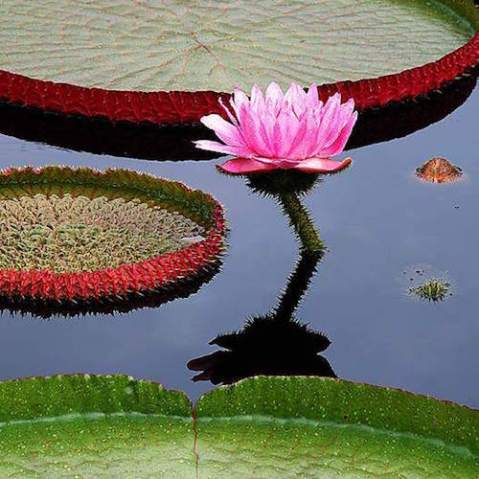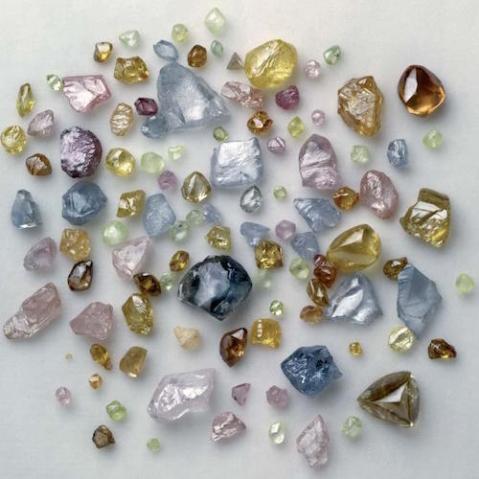Chasing rainbows: where and how to photograph them
Rainbows are such a rare treat that, even if you’ve seen quite a few of them, it’s impossible not to stop and admire these miracles of light and colour.

Perhaps people who live in Hawaii or some other tropic environment get jaded to their beauty, but for most of us, they’re still a show-stopper. You kind of have to wonder too, if scientists, artists and philosophers didn’t make some connection between rainbows and the origins of colour before Newton showed us all the light.
The physics of rainbows
Today, of course, we know that rainbows are caused by light reflecting from, and being refracted by, millions of tiny raindrops. Light reflects off of the inner surface of the raindrop, and as it exits the raindrop it’s refracted and each colour emerges at a different angle, forming the bands of colour that we see. You can only see a rainbow when the sun is directly behind you and, interestingly, no two people see exactly the same rainbow—it’s completely dependent on where you are standing. Even someone standing a foot away sees a slightly different display than you.
Looking for rainbows
Rainbows form when the sun is directly oppiste a dark area of sky, and usually appear just as a storm clears. Place the sun behind you and you’ll be in a perfect position to capture the arc of colour as it forms.

Waterfalls are a great place to encounter rainbows, even on a sunny day. The requirements for seeing a rainbow are often satisfied by the very local environment: the atmosphere being infused with a heavy saturation of water droplets while being illuminated by a strong ray of sunlight.
Metering for rainbows
The best method for metering a rainbow is often to aim the meter directly at the rainbow because that is typically the brightest part of the scene and metering from there will underexpose the sky and the foreground enough to make the rainbow’s colours pop. Another trick for intensifying the colours is to use a polarising filter. By rotating the filter you reduce the reflections in the surrounding sky and create more contrast between the sky and the rainbow. Finding the premium filter position is simply a matter of rotating it until the colours look their strongest.
Composing for rainbows
Other than being in the right place at the right time, there really in no trick to photographing a rainbow, but it does help if you can (quickly) find a good foreground on which to hang it. Almost any shot of a rainbow will benefit from having an interesting setting. Sometimes, though, you’re going to be stuck with the foreground you get. You just have to go with it; after all, it’s a rainbow.

The Photographer’s Master Guide to Color is Jeff Wignall’s thorough course on colour and the role it plays in digital photography, giving you a new understanding of the important role colour plays in the creation of successful photos, and allowing you take outstanding colour photographs with any digital camera.
[one_whole boxed=”true”]
 The Photographer’s Master Guide to Colour, by Jeff Wignall
The Photographer’s Master Guide to Colour, by Jeff Wignall
£9.99 Download the PDF now!
£17.99 for the digital and print version!
[button color=”Accent-Color” size=”small” url=”https://www.ilexinstant.com/product/photographers-master-guide-colour/” text=”Digital Edition”]
[/one_whole]







